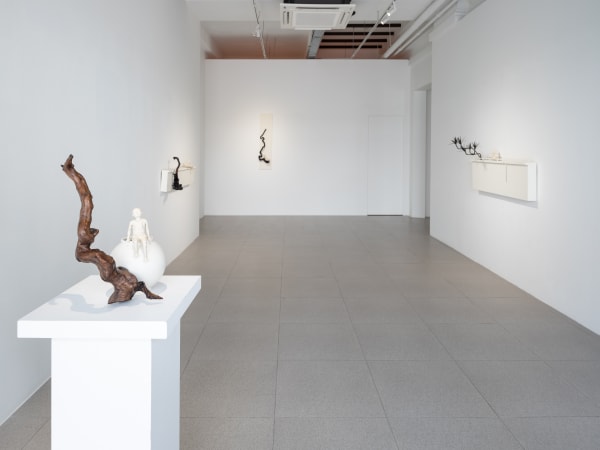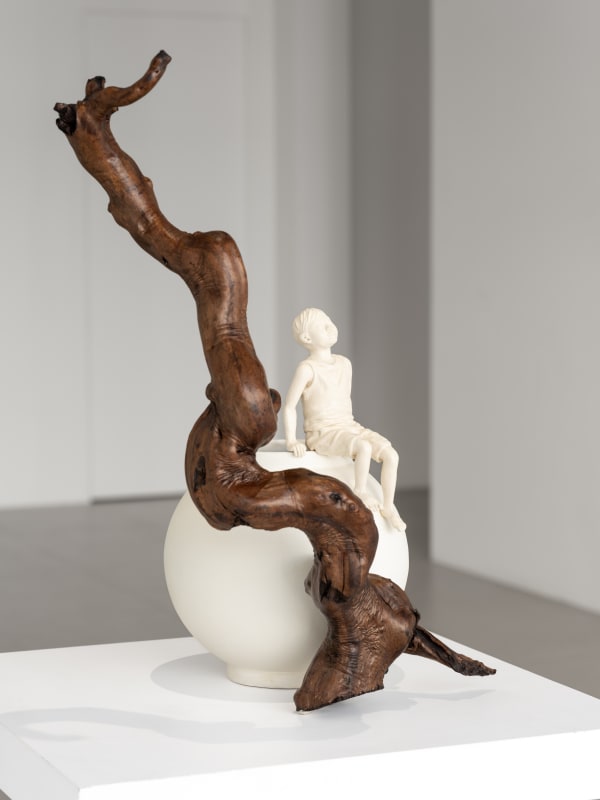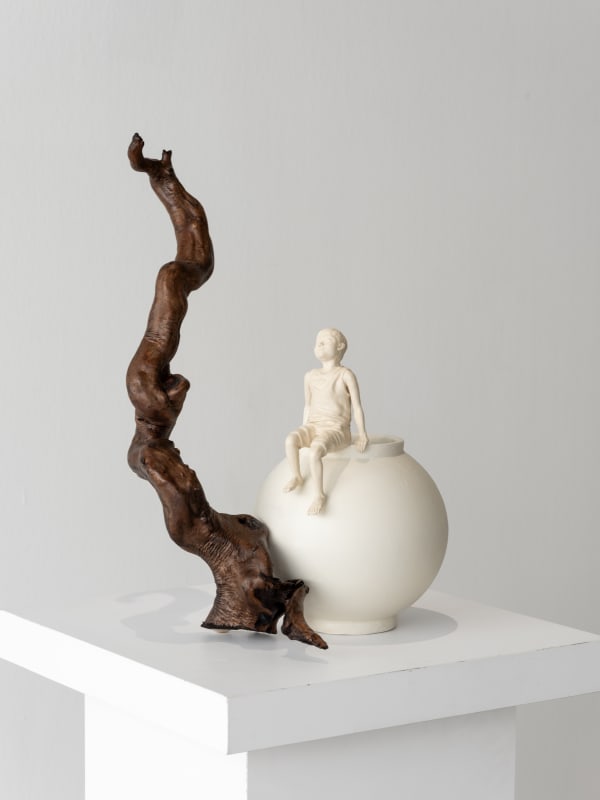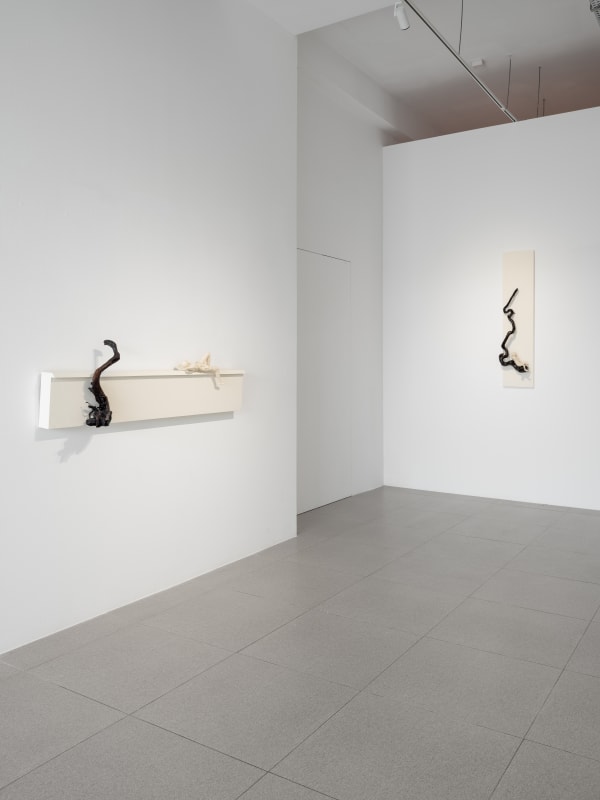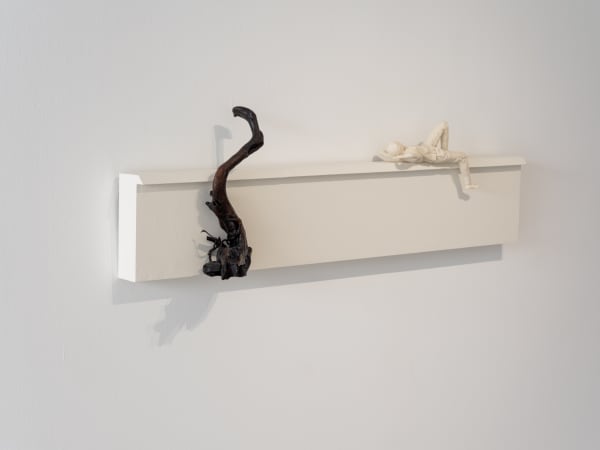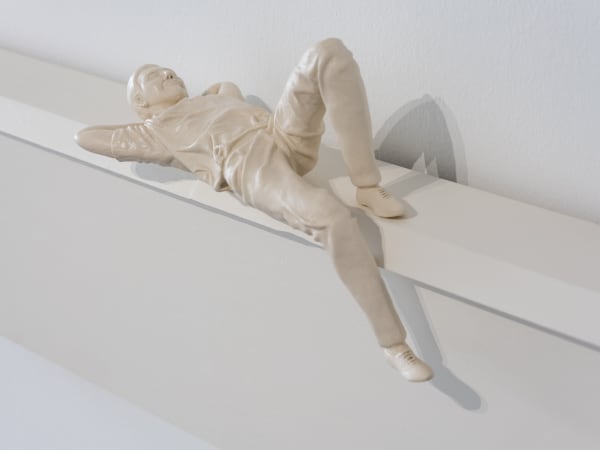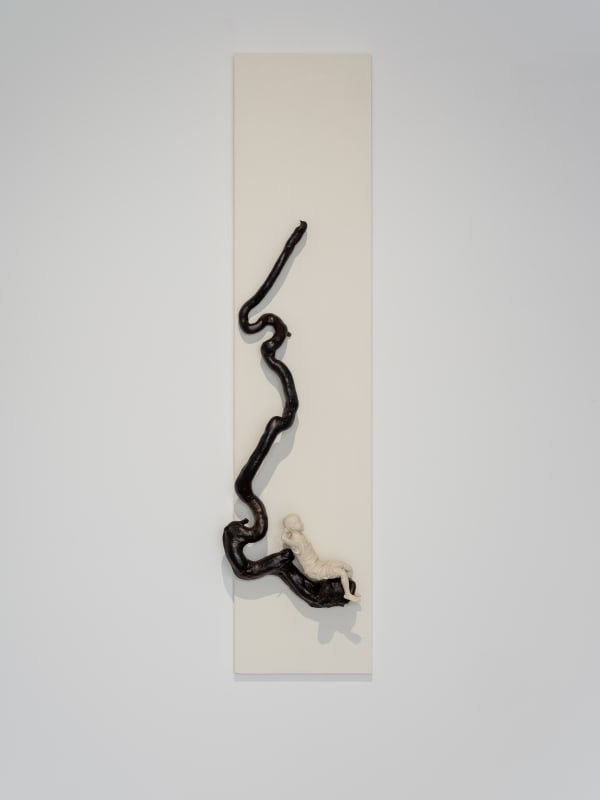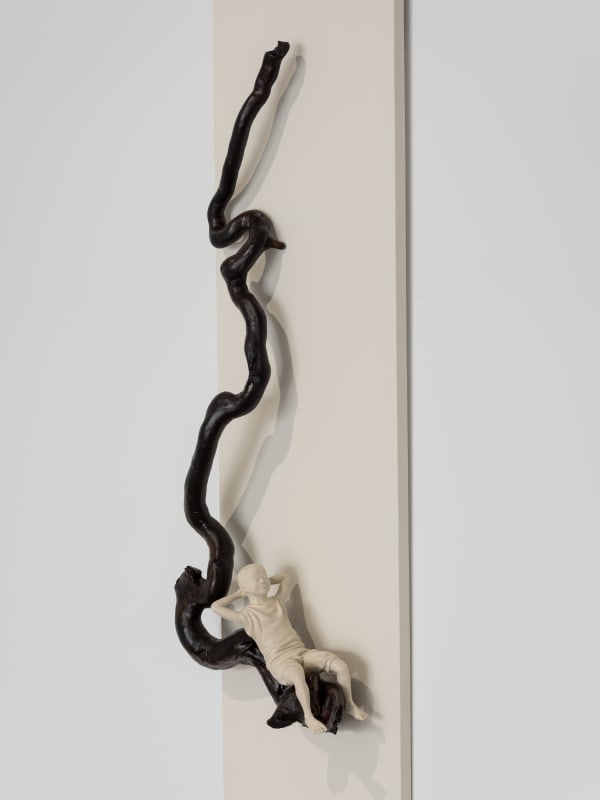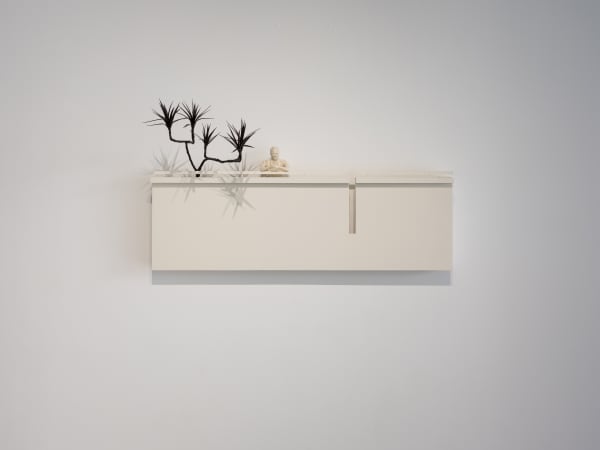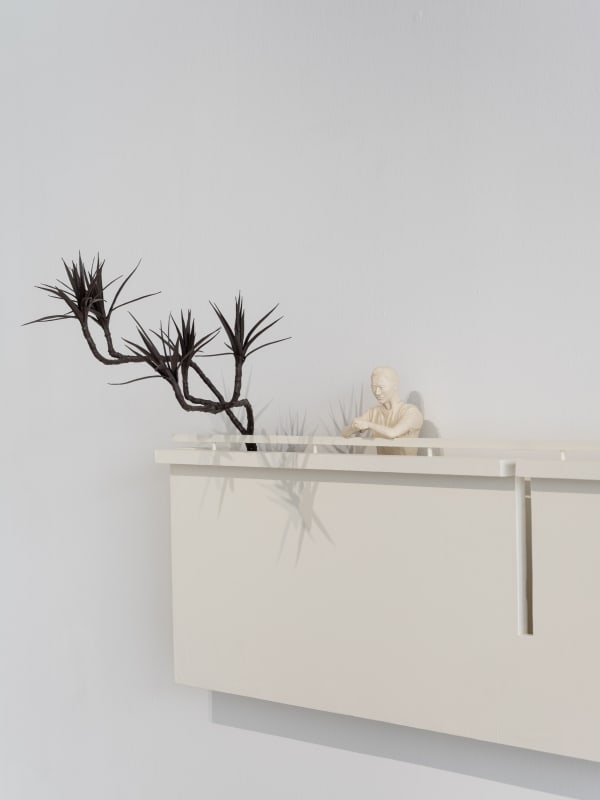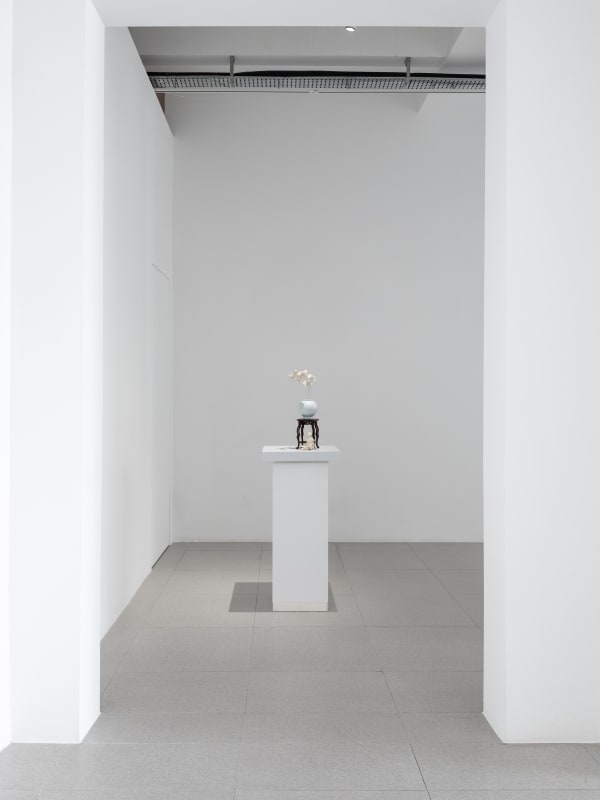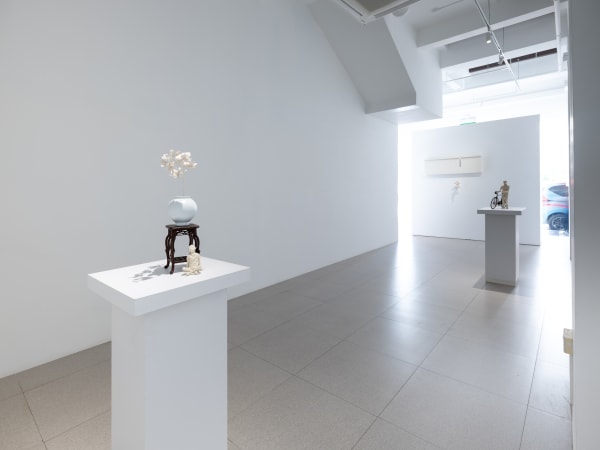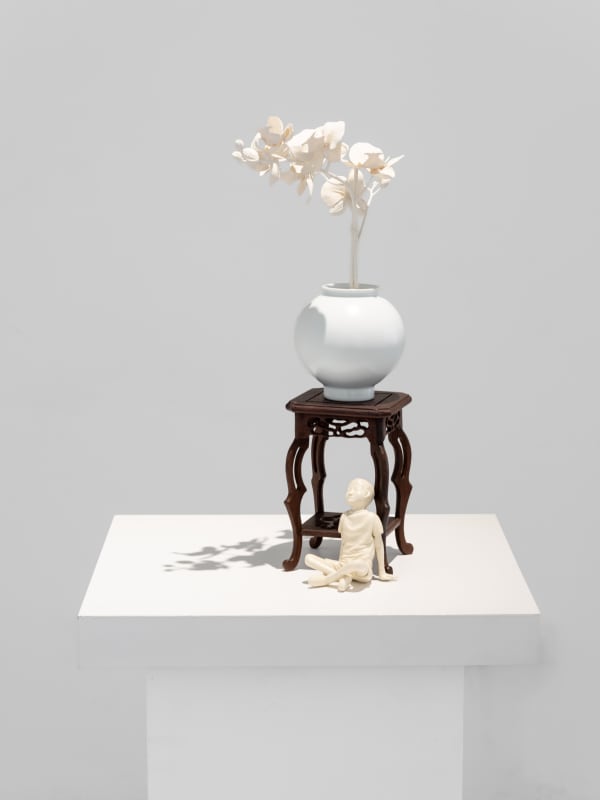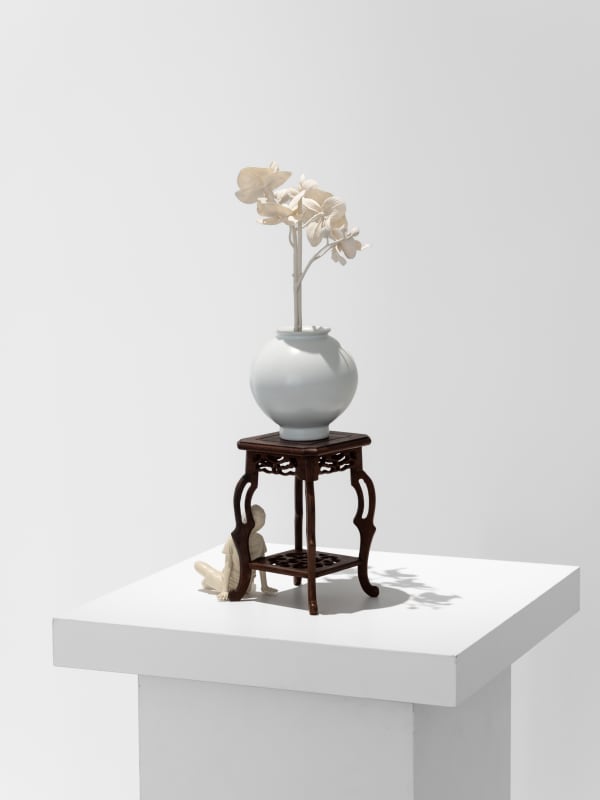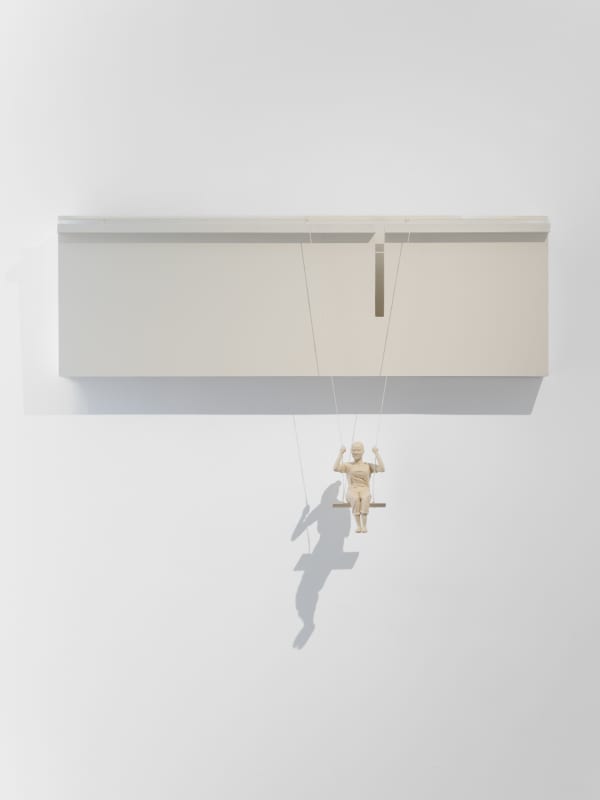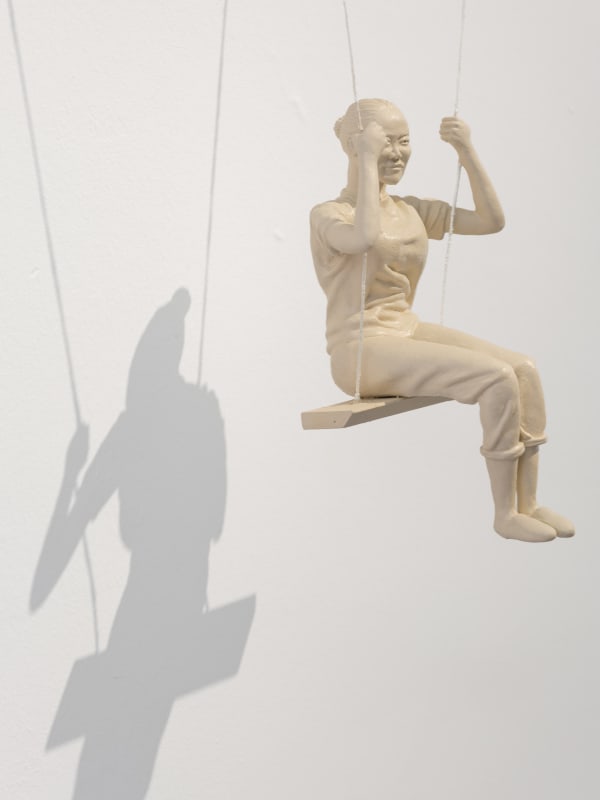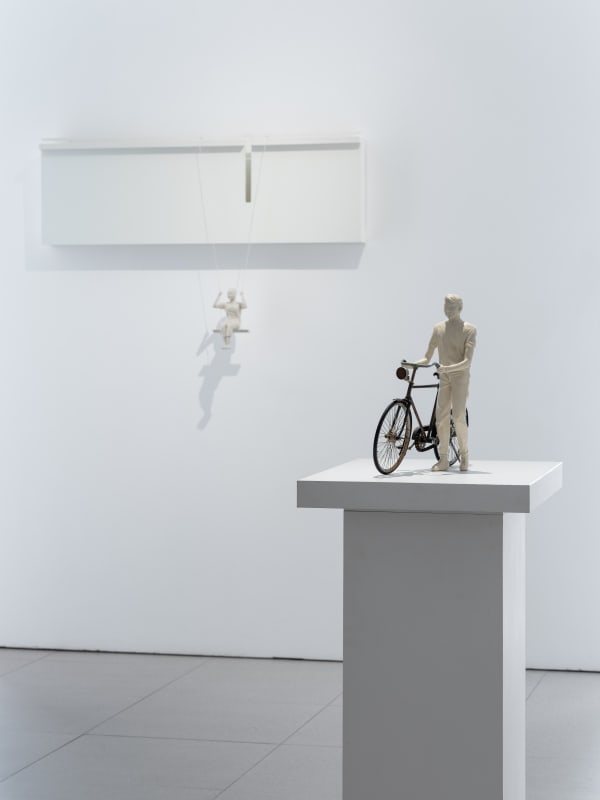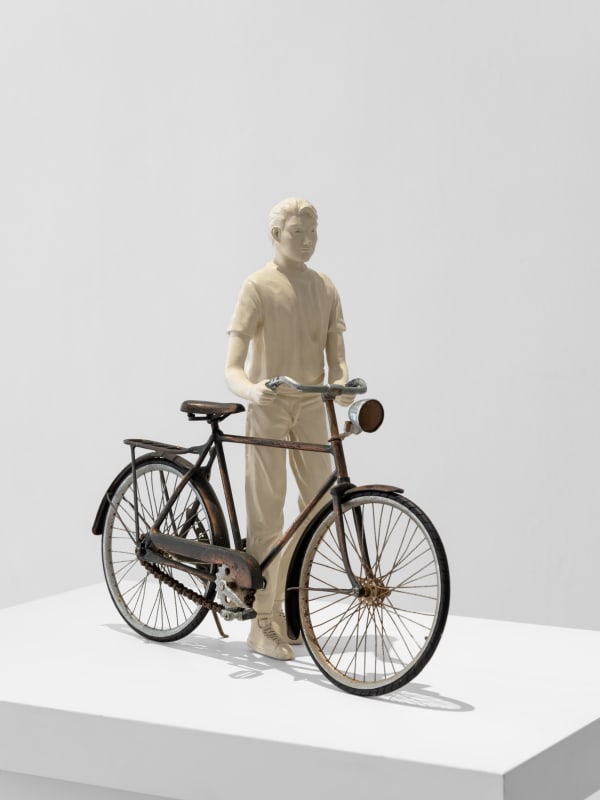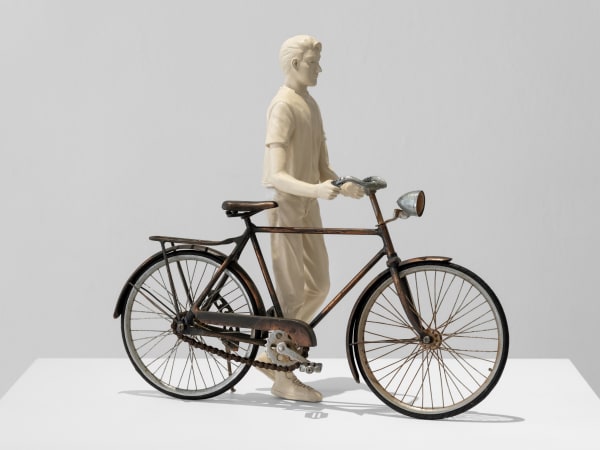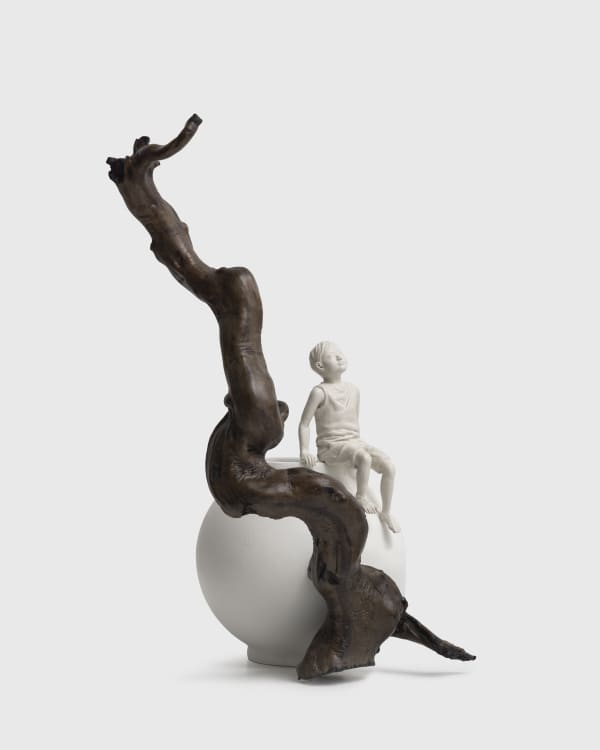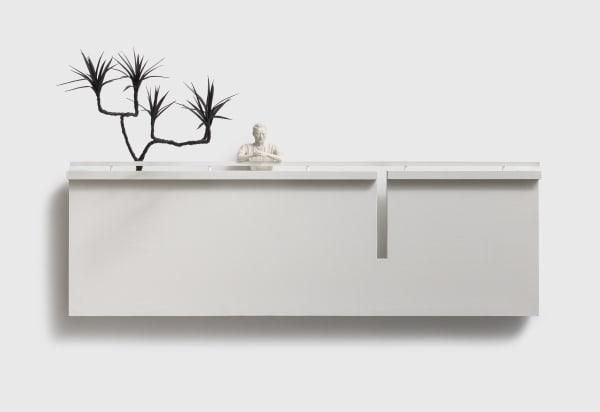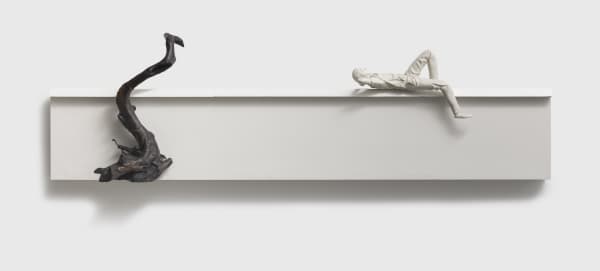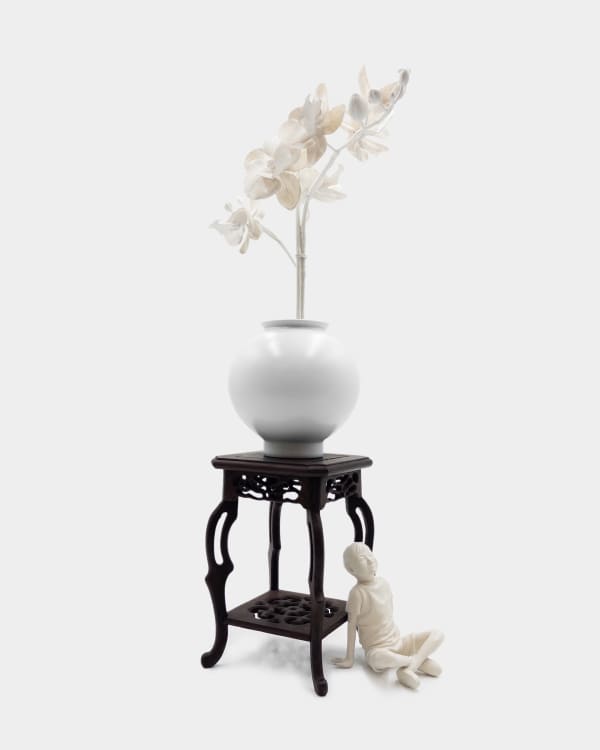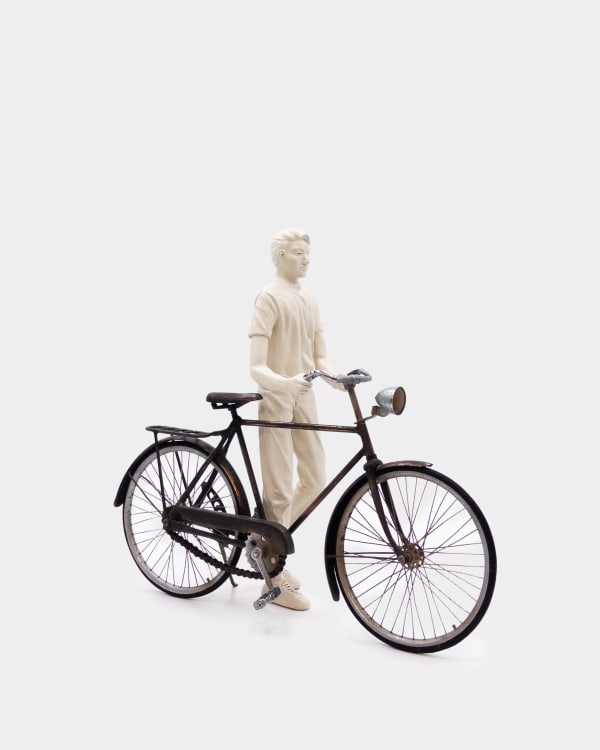Our Foreign Home: Yom Bo Sung
Cuturi Gallery is pleased to present Our Foreign Home by Singaporean artist Yom Bo Sung (b.1996, South Korea), featuring a new series of sculptures.
Home is a physical and psychological space. Across time, “home” has been rigorously examined across multiple disciplines: literature that extols the idea of home, as in Gaston Bachelard's The Poetics of Space (1958), subsequently inspiring many other thinkers; in architecture, where the function and comfort of a home are constructed and debated; and in the visual arts itself, where numerous practitioners explore what “home” means from various environments, geographies, and sociopolitical contexts. This fascination with home is enduring—in the end, what other space offers the kind of comfort (or discomfort) that speaks so intimately to us all?
As a migrant from South Korea to Singapore, artist Yom Bo Sung reflects on the reassuring familiarity yet unsettling estrangement in making a home for ourselves with this exhibition. Drawing from his own observations of transient spaces and scenes of rest, Yom ventures into abstraction for the first time, splicing various human and architectural elements together to create private moments for us to stumble into. In works like Dragon Tree and Swing, Yom adopts the wall structure of a Singapore HDB corridor, transforming it into a boundary that simultaneously protects yet obscures by the very nature of its ambiguous solidity. In Rest, the figure rests atop yet another anonymous architecture, which the artist references from the low walls that are found ubiquitously in South Korea.
Going against their original design intentions, these transient architectures are reappropriated by their inhabitants—as environments for contemplation, play and rest respectively—demonstrating how individuals can make a space just as much as planned spaces are meant to direct our movements. Yet, despite the seemingly utopian nature of the works, a closer look at the unmoving faces of the figures introduces a surreal disturbance towards the calm. Stripped of all colour, there is an uneasy feeling that not all is as ideal as it seems.
Moreover, in works such as Boy, Moon Jar and Boy, Branch a whimsical atmosphere comes to the forefront. Boy, Moon Jar presents a magical scene where a youthful figure is perched on a giant Korean moon jar, while gazing into the endless sky. With Boy, Branch, the figure rests on a tree branch itself, caught up in his wandering thoughts. These fantastical, otherworldly scenes bring us back to our own childhoods, where we would encounter the world with wonder and awe. These works evoke the psychological nodes of home, one of comfort and imaginative potential. When viewed alongside the adult figures, the sense of negotiating with pre-built spaces becomes more apparent: in an environment where places are constantly manufactured for us, how do we make a home for ourselves within such pre-decided structures?
Noteworthy is how the artist is also actively fostering a connection back to his own heritage. The iconic traditional Korean moon jar serves as one such emblem, whereas he nods to the calligraphy art form in the sinuous curves of the branches. Especially when set against a scroll-like background for Boy, Branch, the translations between the traditional and contemporary becomes apparent. Recalling his first home and heritage, this is another way of thinking through what “home” and “belonging” means.
The notion of “home” and “belonging” coalesce in Boy, Orchid in Moon Jar, where the instantly-recognisable orchid, Singapore’s national flower, and the moon jar converge together as an autobiographical portrait of sorts. Belonging neither here nor there, and feeling familiar yet foreign in both his birth and adopted home, perhaps the artist is suggesting that home is just what we make of it for ourselves.
Here is a young artist who is in the midst of developing his own visual language. Departing from earlier works where Yom directly lifts from personal and public references to create punchline-worthy figurations, the artist moves towards the realm of the abstract for this body of work while staying grounded to his roots in realistic sculpting. This formal interest demonstrates itself in the seemingly polished works, but open closer inspection, they reveal intentional “imperfections” that reflect the process of sculpting. With this move, Yom re-focuses our attention from not just meaning, but to the act of making itself. We can appreciate both the contemplative turn in these nuanced explorations of home, and his continually-evolving skills in the act of sculpting itself.
Our Foreign Home will be on view at Cuturi Gallery from 15 February – 8 March 2025.
Text by Ho See Wah
